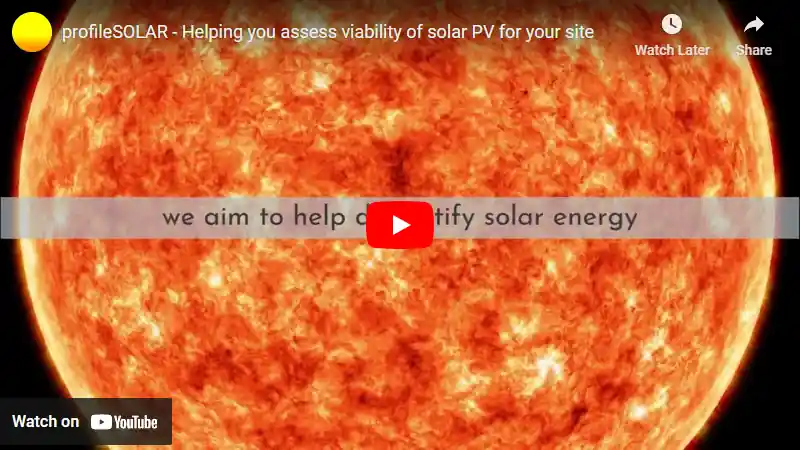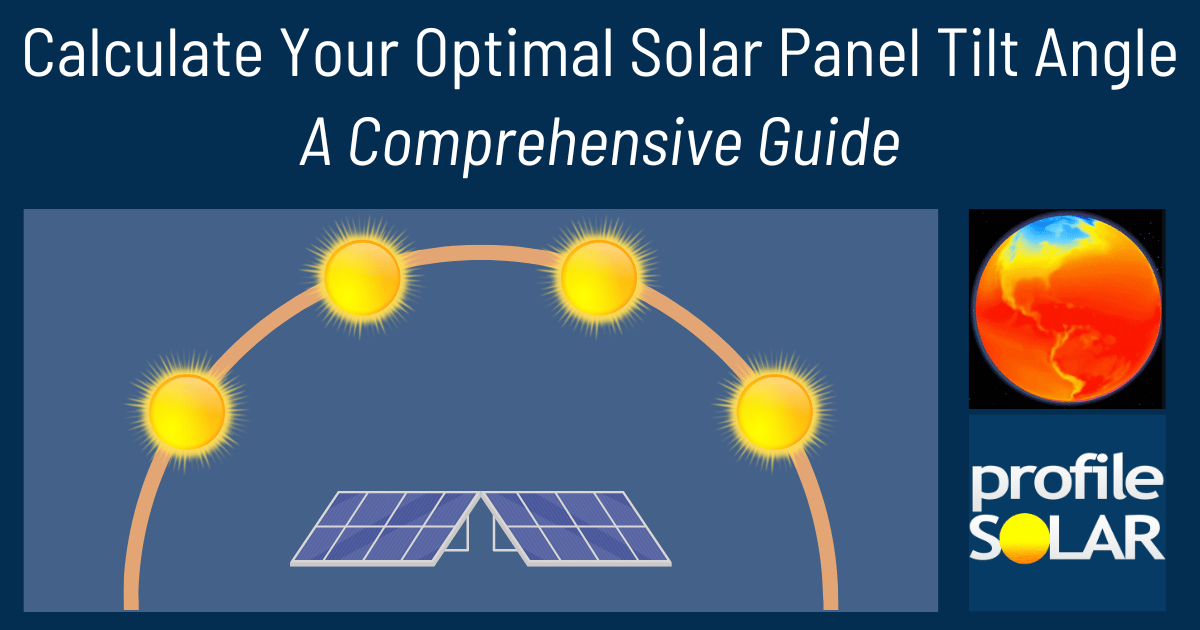

Sauda, Rogaland, Norway is a location that offers varying levels of solar energy production potential throughout the year. In simpler terms, how much electricity you can generate from solar panels depends on the time of year.
During summer, you can expect to get quite a good amount of electricity - about 5.62 kilowatt-hours per day for each kilowatt of solar panels installed. This decreases in autumn to about 1.49 kWh/day and drops further in winter to just 0.64 kWh/day due to shorter daylight hours and lower sun position in the sky during these seasons. However, it picks up again in spring where you can expect around 4.46 kWh/day per kilowatt installed.
To maximize your overall yearly energy production from your solar panels at this location, they should be tilted towards south at an angle of approximately 50 degrees.
However, there are some factors unique to Sauda that may affect your ability to harness solar power effectively all year round:
1) Weather: Sauda experiences long winters and heavy snowfall which could cover your solar panels and reduce their efficiency significantly during these periods.
Prevention: Regular cleaning or installation of automated panel cleaning systems might be necessary.
2) Sunlight Availability: Due its high latitude (59°N), Sauda experiences polar night (periods when sun doesn't rise above horizon) which affects sunlight availability especially during winter months.
Prevention: There's not much one can do about this but having battery storage system or alternative power sources would ensure continuous power supply during such times.
3) Temperature: While cold temperatures generally improve panel efficiency by reducing heat-induced losses; extremely low temperatures may cause damage if equipment isn’t rated for such conditions.
Prevention: Ensure use of components designed for extreme weather conditions when installing the system.
In conclusion, while Sauda has potential for generating substantial amounts of renewable energy via solar PV particularly during summer and spring; factors like long winters, heavy snowfall and periods of polar night present unique challenges that need to be considered for effective solar power generation.
Note: The Northern Temperate Zone extends from 35° latitude North up to 66.5° latitude.
So far, we have conducted calculations to evaluate the solar photovoltaic (PV) potential in 43 locations across Norway. This analysis provides insights into each city/location's potential for harnessing solar energy through PV installations.
Link: Solar PV potential in Norway by location
Become the exclusive sponsor for Sauda, Norway!
Solar output per kW of installed solar PV by season in Sauda
Seasonal solar PV output for Latitude: 59.6517, Longitude: 6.3272 (Sauda, Norway), based on our analysis of 8760 hourly intervals of solar and meteorological data (one whole year) retrieved for that set of coordinates/location from NASA POWER (The Prediction of Worldwide Energy Resources) API:




Ideally tilt fixed solar panels 50° South in Sauda, Norway
To maximize your solar PV system's energy output in Sauda, Norway (Lat/Long 59.6517, 6.3272) throughout the year, you should tilt your panels at an angle of 50° South for fixed panel installations.
As the Earth revolves around the Sun each year, the maximum angle of elevation of the Sun varies by +/- 23.45 degrees from its equinox elevation angle for a particular latitude. Finding the exact optimal angle to maximise solar PV production throughout the year can be challenging, but with careful consideration of historical solar energy and meteorological data for a certain location, it can be done precisely.
We use our own calculation, which incorporates NASA solar and meteorological data for the exact Lat/Long coordinates, to determine the ideal tilt angle of a solar panel that will yield maximum annual solar output. We calculate the optimal angle for each day of the year, taking into account its contribution to the yearly total PV potential at that specific location.

Seasonally adjusted solar panel tilt angles for Sauda, Norway
If you can adjust the tilt angle of your solar PV panels, please refer to the seasonal tilt angles below for optimal solar energy production in Sauda, Norway. As mentioned earlier, for fixed-panel solar PV installations, it is optimal to maintain a 50° South tilt angle throughout the year.
| Overall Best Summer Angle | Overall Best Autumn Angle | Overall Best Winter Angle | Overall Best Spring Angle |
|---|---|---|---|
| 43° South in Summer | 61° South in Autumn | 72° South in Winter | 51° South in Spring |
Our recommendations take into account more than just latitude and Earth's position in its elliptical orbit around the Sun. We also incorporate historical solar and meteorological data from NASA's Prediction of Worldwide Energy Resources (POWER) API to assign a weight to each ideal angle for each day based on its historical contribution to overall solar PV potential during a specific season.
This approach allows us to provide much more accurate recommendations than relying solely on latitude, as it considers unique weather conditions in different locations sharing the same latitude worldwide.
Topography for solar PV around Sauda, Norway
Sauda, Norway is located in the western part of the country and is characterized by a diverse topography. The region features rugged mountains, deep valleys, fjords, and waterfalls. It's situated near the Saudafjord which connects to larger Hardangerfjorden.
However, large-scale solar PV installations in Sauda may not be as efficient or effective due to several reasons:
1. Latitude: Sauda lies at a high latitude (59.65° N), meaning it receives less sunlight per year compared to regions closer to the equator.
2. Topography: The mountainous terrain could limit potential sites for large-scale solar farms and create challenges for construction.
3. Climate: Western Norway has a temperate oceanic climate with considerable rainfall throughout the year and relatively mild winters but cool summer temperatures. This kind of weather isn't ideal for optimal solar power generation.
4. Sunlight Hours: During winter months (from late November until late January), Sauda experiences a phenomenon known as Polar Night where sun doesn't rise above horizon for about two months reducing potential sunlight hours drastically.
If one were to consider places nearby that might be more suited for large scale Solar PV installations within Norway itself considering all factors like sun hours, flat terrains etc., southern parts of Norway such as around Stavanger or Kristiansand could potentially offer better conditions due to their lower latitude and slightly milder climates compared with Sauda.
However, please note that these are general observations; detailed feasibility studies would need to be conducted before deciding on specific locations for large-scale solar PV installations.
Norway solar PV Stats as a country
Norway ranks 70th in the world for cumulative solar PV capacity, with 225 total MW's of solar PV installed. This means that 0.10% of Norway's total energy as a country comes from solar PV (that's 42nd in the world). Each year Norway is generating 42 Watts from solar PV per capita (Norway ranks 55th in the world for solar PV Watts generated per capita). [source]
Are there incentives for businesses to install solar in Norway?
Yes, there are several incentives for businesses wanting to install solar energy in Norway. The Norwegian government offers a range of financial support and tax breaks for businesses that invest in renewable energy sources such as solar power. This includes grants, loans, and tax deductions. Additionally, the Norwegian Energy Agency provides funding for research and development projects related to renewable energy technologies. Finally, the Norwegian Power Company (Statkraft) offers discounted electricity rates for businesses that use solar power.
Do you have more up to date information than this on incentives towards solar PV projects in Norway? Please reach out to us and help us keep this information current. Thanks!
Feeling generous?

Share this with your friends!


Compare this location to others worldwide for solar PV potential
The solar PV analyses available on our website, including this one, are offered as a free service to the global community. Our aim is to provide education and aid informed decision-making regarding solar PV installations.
However, please note that these analyses are general guidance and may not meet specific project requirements. For in-depth, tailored forecasts and analysis crucial for feasibility studies or when pursuing maximum ROI from your solar projects, feel free to contact us; we offer comprehensive consulting services expressly for this purpose.
Helping you assess viability of solar PV for your site
Calculate Your Optimal Solar Panel Tilt Angle: A Comprehensive Guide
Enhance your solar panel's performance with our in-depth guide. Determine the best tilt angle using hard data, debunk common misunderstandings, and gain insight into how your specific location affects solar energy production.







